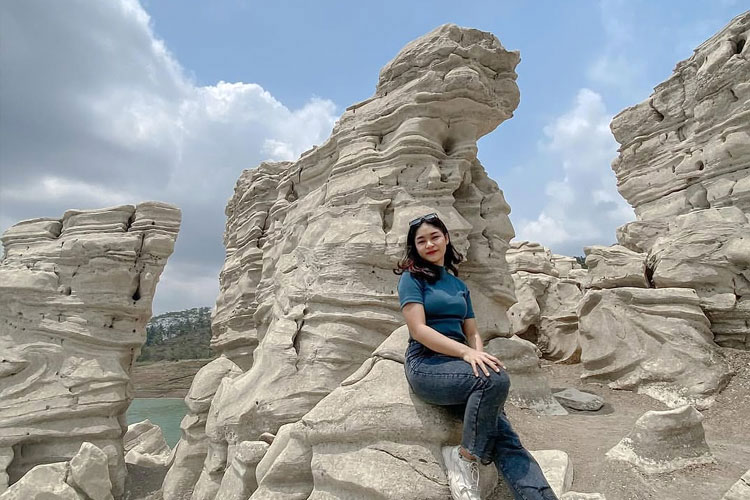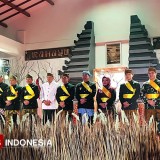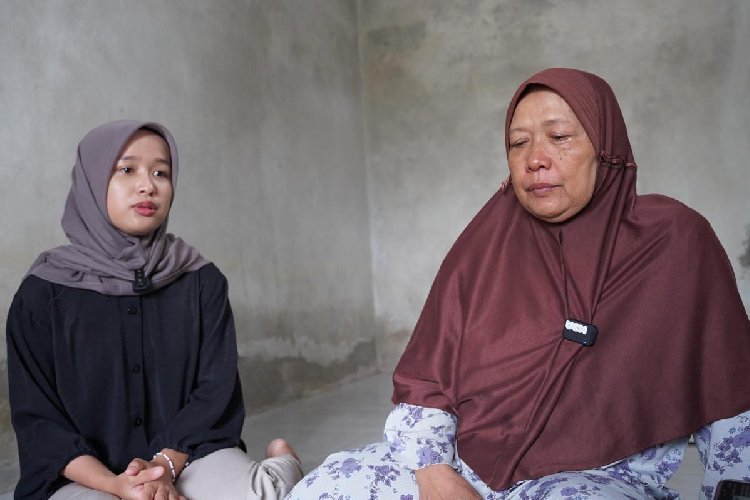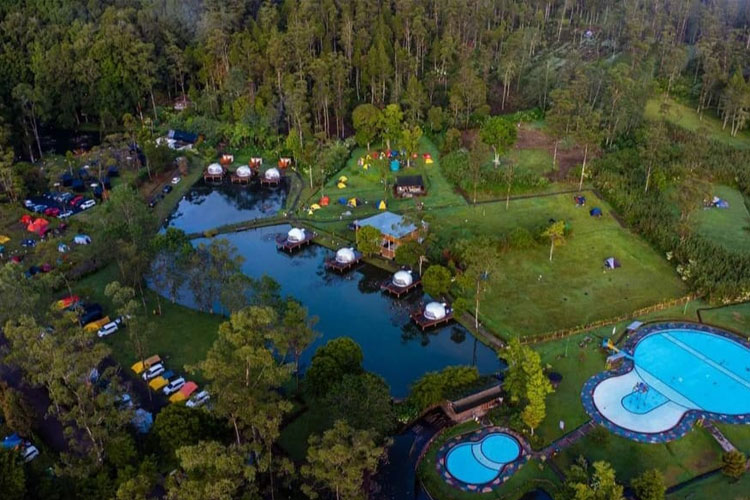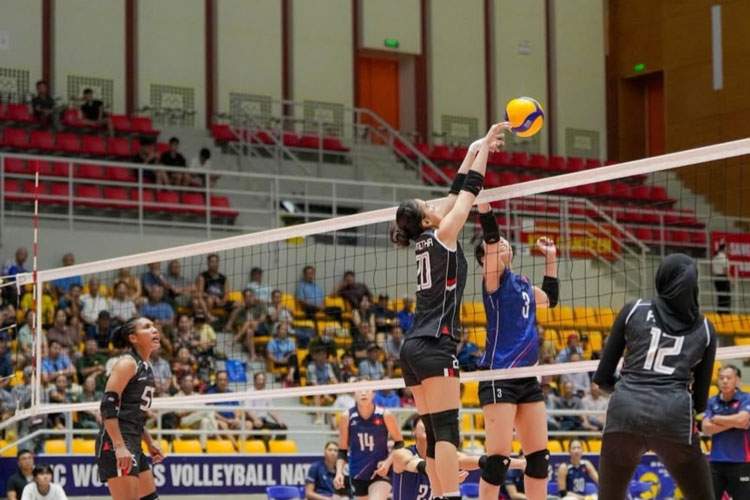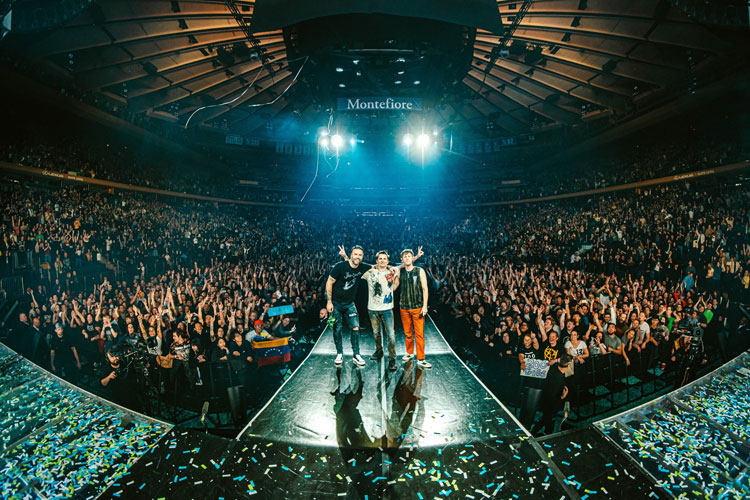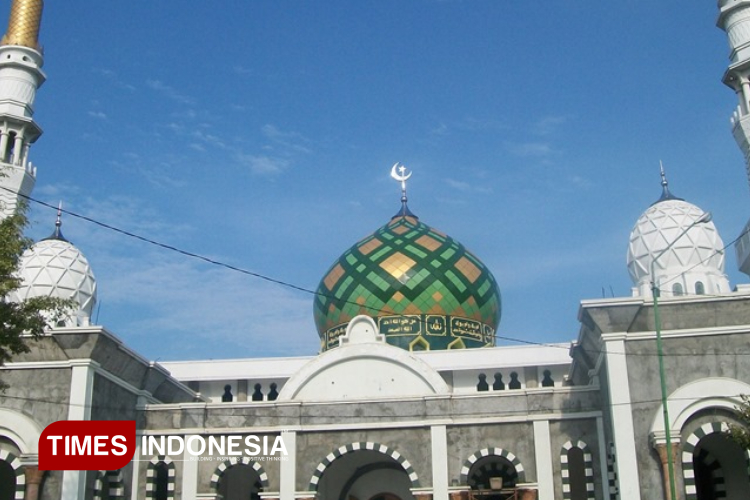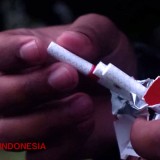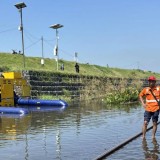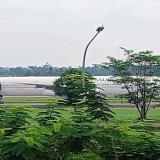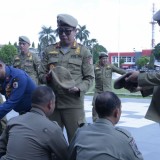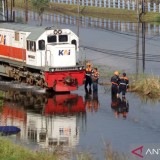TIMES SINGAPORE, JAKARTA – Lubang Sewu is a unique natural attraction located in Wonosobo, Central Java. It features a wide area of limestone rocks that have been shaped by erosion over thousands of years.
The name Sewu meaning a thousand in Javanese, refers to the countless holes found on the surface of the rocks. These natural cavities give the area a dramatic and mysterious look, making it stand out from other tourist destinations.
Often called a mini version of the Grand Canyon, Lubang Sewu displays an extraordinary landscape. The pale limestone formations contrast beautifully with the green hills around them, the fresh waters nearby, and the blue sky above.
This setting creates an ideal scene for photography, especially for those who enjoy capturing nature. When the sun starts to set, the area becomes even more stunning as the rocks glow under warm red and orange skies.
The peaceful atmosphere during sunset brings a sense of calm to many visitors. The play of light and shadows across the rocks adds a romantic and magical touch.
Many people choose to stay longer just to enjoy the peaceful beauty around them. It’s a great place to pause from daily routines and feel more connected to nature.
To make the visit more convenient, Lubang Sewu offers basic tourist facilities. There are wide parking areas, prayer rooms, toilets, and food stalls selling local meals.
For those planning an overnight stay, guesthouses and homestays with simple accommodations are available nearby. Entry tickets are very affordable, costing only Rp 5,000 per person. Parking fees are also low, which makes this place a great choice for travelers on a budget.
Getting to Lubang Sewu takes about 1.5 hours from Wonosobo City, with a distance of around 46.8 kilometers. The journey can be made using private vehicles or public transportation.
The road to the site has been improved, making the trip easier and safer. Along the way, travelers can enjoy scenic views of rice fields and hills, adding charm to the trip itself.
The limestone formations at Lubang Sewu are the result of a long erosion process caused by water from the nearby Wadaslintang Reservoir. This process has shaped holes of various sizes and depths in the rocks. Scientists and geology enthusiasts also find the site interesting for study and observation.
The best time to visit Lubang Sewu is during the dry season, especially between August and September. At that time, the water level drops and the rock formations become fully visible. Visitors are advised to wear comfortable shoes and bring a camera. Early morning and late afternoon are the best times for taking amazing photos of this rare natural wonder. (*)
Artikel ini sebelumnya sudah tayang di TIMES Indonesia dengan judul: Where Earth Meets Art: Discovering the Magic of Lubang Sewu
| Writer | : Khodijah Siti |
| Editor | : Khodijah Siti |
